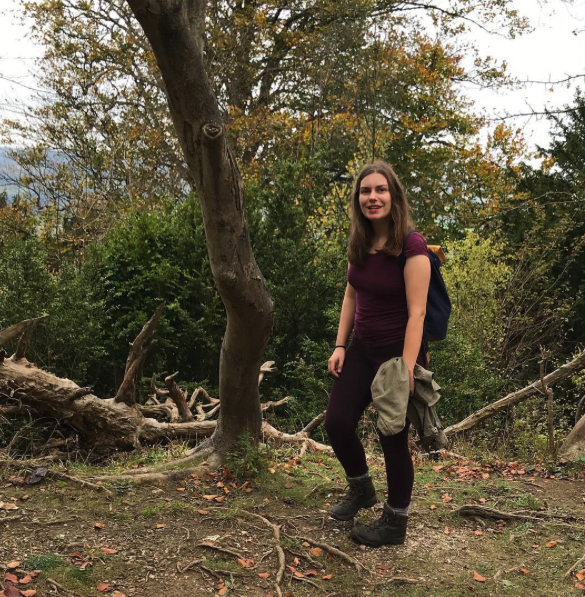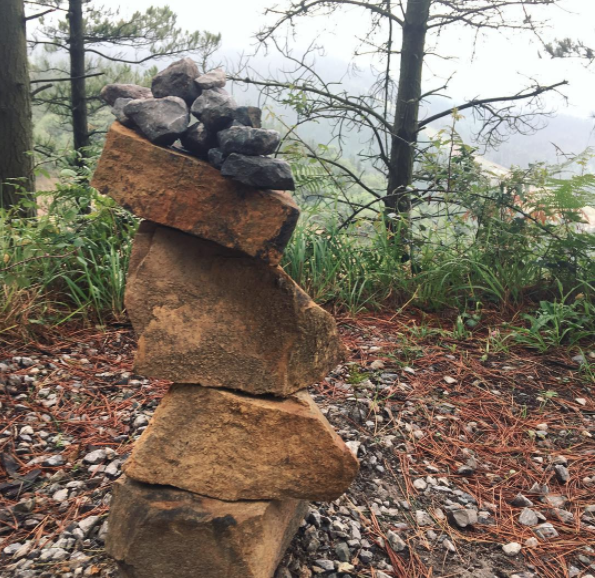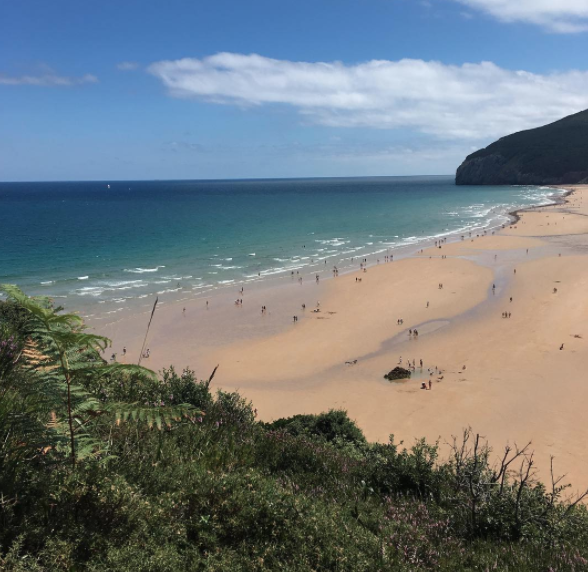Writer Francesca Turauskis had her first tonic-clonic seizure seven years ago, when she was in her final year at university. Although the doctors reassured her it was a one-off event, she had another a year later and her seizures increased gradually until she had four in one week. The sporadic spasms stole time from Francesca, gave her aches for days and for a while trapped her in a disease no one could quite decide if she actually had. But since she was diagnosed and put on daily medication, she has reclaimed independence. This is her story of walking the Camino de Santiago this summer, helping her to take control of her own body.

"I have never felt the need to hide my epilepsy, but some do. There is still a certain level of fear around it, perhaps a hangover from the age when seizures were thought to be possessions by the devil. Exorcisms aside, epilepsy conversations are full of confusion and corrections and therefore often avoided. As a way to initiate people who might be anxious about the subject, I decided to take words out of the picture by documenting my adventures on Instagram as a hiker with epilepsy."
"I became an official epilepsy statistic two years ago – 87 people a day are told they have epilepsy. Unofficially, epilepsy had been doing a number on me for much longer. Since 2011, I was subject to sporadic spasms that would steal my time from me and leave me with aches for days. My seizures were typically dramatic: rag-doll falls to the floor, shakes, biting my tongue and so on.
"My boyfriend once had a very effective wake-up call as the bed shook earthquake-style. All I remember of that one was a paramedic listening to my naked chest because I had gone to sleep without clothes on (and people say epilepsy isn’t sexy). For a while, my neurologists revoked my right to drive – not a major issue for a London-lady who still holds a provisional licence, but I was annoyed by the extra caution I had to take in the bath. My seizures were so random and rare that their unpredictability trapped me in a disease no one could quite decide if I had.
"Ironically, it was from the moment that doctors informed me I could say “I have epilepsy” that I started to feel more disconnected from the phrase. By being diagnosed, they could put me on daily medication and I finally had seizure control. I've not had seizures in over two years, and when it comes to the box that asks me if I consider myself to have a disability, I mostly tick ‘no’. I have reclaimed my independence.

Deba to Markina
"So this summer, I decided to do something just for the sake of doing it. I ended up walking the Camino de Santiago in Spain – the pilgrim path to Santiago de Compostella in the north of the country. There are many different Caminos and I chose the Norte, a path that runs for 500 miles between the mountains and the sea. It is the perfect setting for holiday spam and in the six weeks I spent walking, I took the obligatory beautiful photographs for Instagram.

Liendo to Guemes
"Underneath each of the beautiful images of blue skies, sea cliffs and mountains I put a story about epilepsy. I liked spreading the truth about this ugly disease via way of Spanish beauty. I was able to lure people in with the pictures and then trick them into awareness.
"I began to find metaphors in my surroundings: balancing rocks are different medications, arrows are auras, mountains are, well, metaphorical mountains. The photos helped me to frame the complexities of the disease.
"Some take faith for their own journey. And there are still others who are shocked that I can do such things. The photos mean different things to different people, in much the same way the Camino draws people from around the world for different reasons. For myself, it began as a way to enjoy Europe. Through the photos, the Camino ended up helping me realign myself with my body. While it has let me down in the past, my body is now stronger and fitter than ever – and while I still have epilepsy, it's really put things into perspective."
Follow Fran's journey on Instagram @frantictwalks
